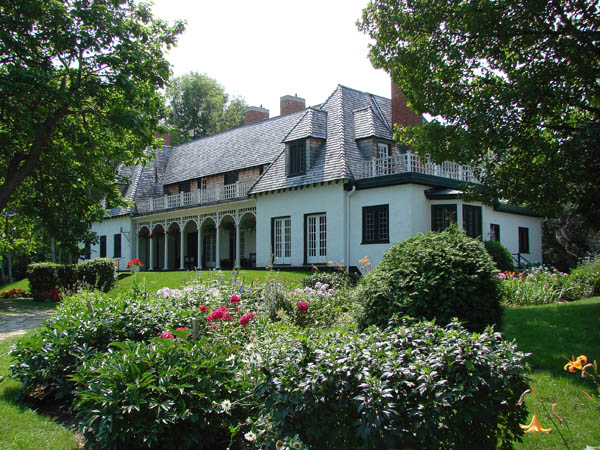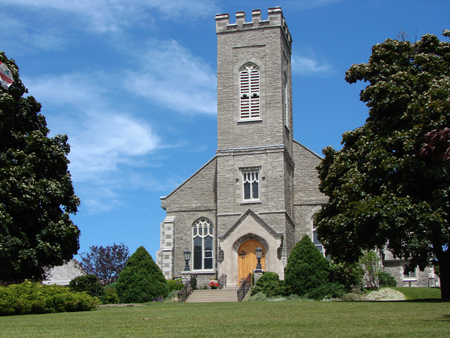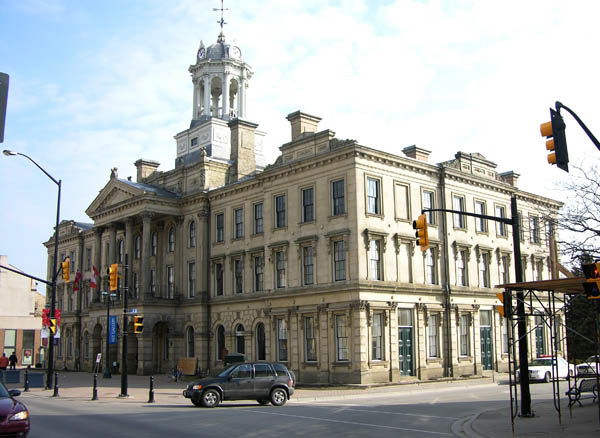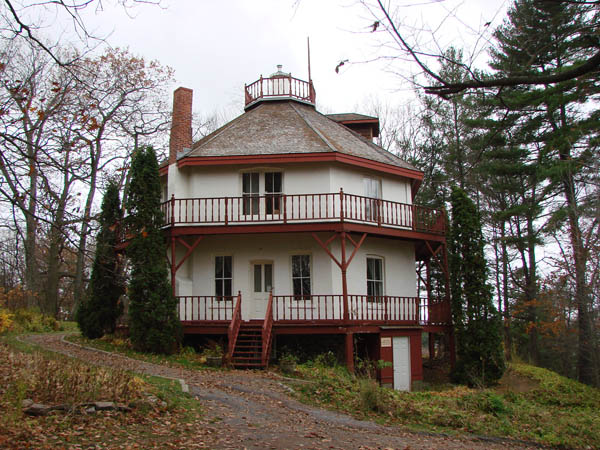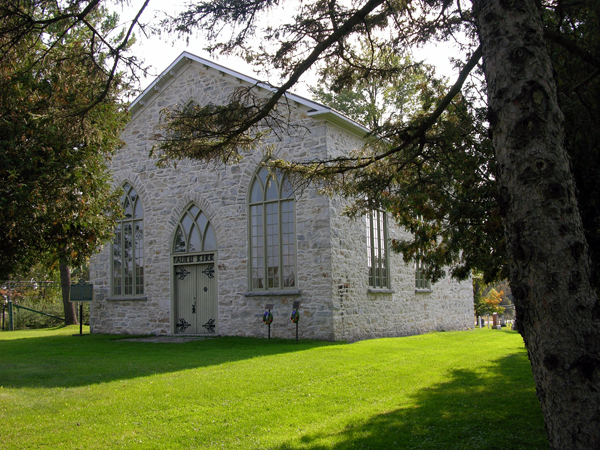Menu
St. Anne's Anglican Church parish was founded on the present site in 1862. In 1907, a competition was held for the design of a new church. A design submitted by architect (William) Ford Howland was selected. Howland established a successful architectural firm with architect Charles Langley soon after designing St. Anne's. In 1923, the decoration of the interior of the second St. Anne's Church was begun.
The design of the church is in the Byzantine style, which is very unusual for an Anglican church. St. Anne's is constructed of concrete and brick and characterized by a cruciform plan with a distinctive central dome, 21 meters (70 feet) in height. The transitional rise from the square form of the crossing to the octagonal dome is made through the use of pendentives springing from four columns of Caen stone. Other architectural features include two domed bell towers, a half-domed chancel and arched transepts. Interior decorative features of particular note are the colourful ornamental and pictorial paintings carried out under the direction of architect William Rae. Twenty-one works of religious art – including pendentive, apse, transept and nave paintings, and sculpted plaques – were undertaken by a variety of artists, including three members of the Group of Seven – J.E.H. MacDonald, Frank Carmichael and Frederick H. Varley, as well as Thoreau MacDonald, Neil Mackechnie, Arthur Martin, H.S. Palmer and H.S. Stansfield, and sculptors Frances Loring and Florence Wyle. Together they represent an outstanding and unique example of Canadian artistry and craftsmanship.
The building was designated a National Historic Site in 1996. In 1980, the City of Toronto designated the church under the Ontario Heritage Act and, in 1981, the Ontario Heritage Trust secured a heritage easement on the building. Sadly, St. Anne’s was destroyed by fire on Sunday, June 9, 2024.


